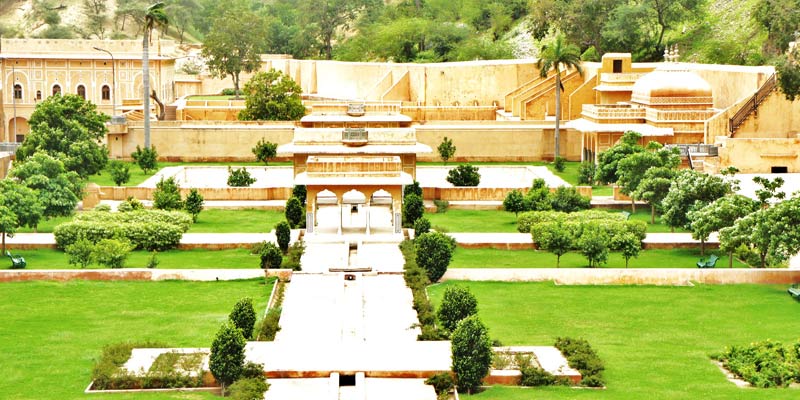
Top 10 Must-Visit Historical places in Jaipur

The capital of Rajasthan, Jaipur, is a city that embodies glory in architecture, heritage, and majesty.Known as the Pink City, The rich cultural tradition of Jaipur stands tall among its fast urban expansion, making it the ideal combination of history and modernity.pink city Founded in 1727 by Maharaja Sawai Jai Singh II, Beautiful palaces, forts, and historic sites abound in the city, telling the stories of Jaipur's regal past.The historical places in Jaipur offer a fascinating glimpse into the city's royal past, Whether you are a history enthusiast, an architecture lover, or just a curious traveler, the historical landmarks in Jaipur offer an unforgettable journey through time.Jaipur's pink-hued architecture has become a defining characteristic, attracting visitors from around the world for its vibrant charm and regal appearance.
In this blog, we’ll take you through the Top 10 Must-Visit Historical Places in Jaipur, where you can explore the city’s glorious heritage and immerse yourself in its regal charm. From the towering forts to the intricate palaces, each of these destinations offers a glimpse into the brilliance and fortune of Rajasthan's royal era.
1. Hawa Mahal (Palace of Winds)

Among its many historical landmarks, one structure stands out for its unique design and cultural significance – Hawa Mahal, also known as the "Palace of Winds.Built in 1799 by Maharaja Sawai Pratap Singh, the Hawa Mahal was designed by architect Lal Chand Ustad and is a perfect example of Rajputana architecture blended with Mughal influences.The building is relatively simple, with modest rooms and corridors leading to terraces that offer spectacular views of Jaipur.The palace also provides panoramic views of the city and serves as a perfect spot for photography. Overall, Hawa Mahal encapsulates the rich heritage of Jaipur and is a delightful experience for all visitors.
2. Amber Fort

Located about 11 kilometres from the city centre, Amber Fort (Amer Fort) is one of Jaipur's most iconic historical landmarks. Built in the 16th century by Maharaja Man Singh, this UNESCO World Heritage site is renowned for its stunning blend of Hindu and Mughal architectural styles. Discover the remarkable ramparts of the fort, take in expansive views of Maota Lake and the surrounding hills, and discover its intriguing history. While visiting historical places in Jaipur one must shouldn’t miss the light and sound show in the evening at Amber fort ,which narrates the history of the fort in a captivating manner.
3. City Palace
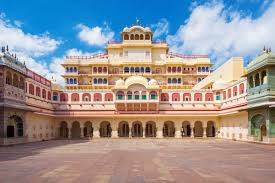
The City Palace in Jaipur is a remarkable architectural marvel that stands as a testament to the grandeur and richness of Rajasthan's royal history. Constructed in the 18th century by Maharaja Sawai Jai Singh II, the City Palace complex embodies a harmonious blend of Rajasthani and Mughal architectural styles, showcasing the artistic prowess and cultural significance of its era.The palace complex includes museums, courtyards, and beautifully adorned gateways.Visit the museums to see royal costumes, weapons, and rare manuscripts.
4. Jal Mahal (Water Palace)
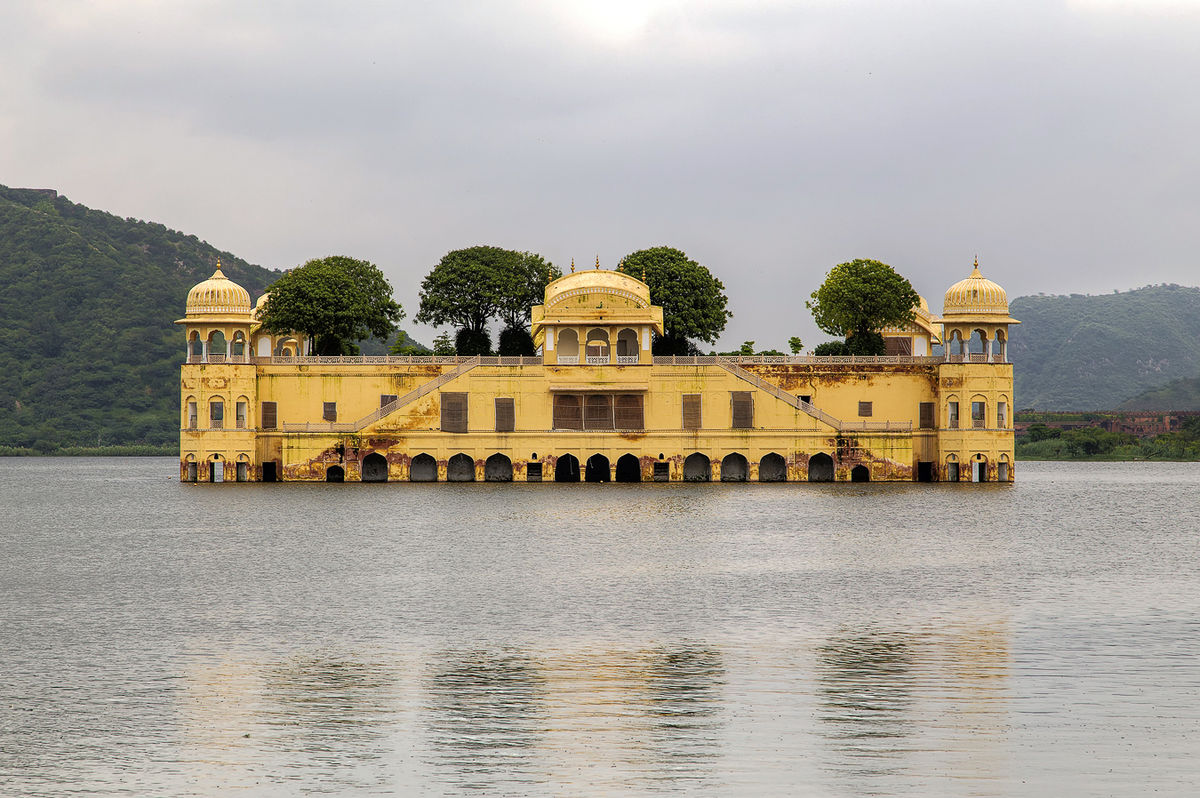
Jal Mahal, or the Water Palace, is one of Jaipur’s most iconic landmarks, standing gracefully in the middle of the picturesque Man Sagar Lake.Built in the 18th century during the reign of Maharaja Sawai Jai Singh II. Whether you admire it from afar or take a boat ride on the lake, a visit to Jal Mahal offers an unforgettable experience, showcasing the timeless allure of Jaipur’s regal legacy.
Also Read- Hidden Gems in Jaipur that Are Worth Exploring
5. Jaigarh Fort

Jaigarh Fort, often referred to as the "Fort of Victory," stands majestically on the hills of the Aravalli Range, overlooking the Pink City of Jaipur, Rajasthan. Jaigarh Fort was named after Maharaja Jai Singh II, who founded Jaipur and was a visionary ruler and skilled military strategist.Visitors to Jaigarh Fort can explore its vast expanse, taking guided tours to learn about its history and architecture. The fort is often included in guided tours of Jaipur, allowing tourists to experience the rich tapestry of Rajasthan’s royal past.Home to the Jaivana Cannon, one of the largest cannons in the world, Jaigarh Fort showcases the military might of the Rajput rulers.
6. Nahargarh Fort

Perched atop the Aravalli hills and commanding a breathtaking view of Jaipur, the Pink City, Nahargarh Fort stands as a tribute to the architectural genius and rich history of Rajasthan.The fort is also known for its charming cafes and eateries, where visitors can enjoy traditional Rajasthani cuisine while taking in panoramic views of the city.Because of the fort's advantageous location, you can take amazing pictures from a variety of angles, but the best times to do so are at sunrise and sunset when the surrounding area is drenched in golden light.
7. Albert Hall Museum
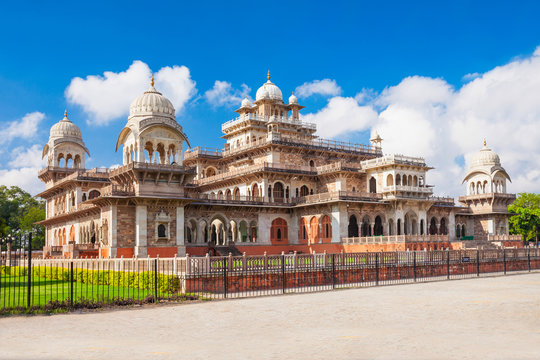
The Albert Hall Museum, also known as the Government Central Museum, is the oldest museum in Rajasthan. Built in 1876, this Indo-Saracenic-style structure is located in the Ram Niwas Garden. The museum's collection includes artefacts, sculptures, paintings, and weapons from various periods of Indian history. The Egyptian mummy is a particular highlight that fascinates many visitors. The museum is beautifully lit at night, making it a perfect spot for night photography.
Also Read: 5 Places to Visit In The USA During Christmas 2024
8. Sisodia Rani Ka Bagh: A Testament to Love and Architecture
Sisodia Rani Ka Bagh, also known as the Sisodia Queen's Garden, is a stunning royal garden located in Jaipur, Rajasthan. Built in the 18th century by Maharaja Sawai Jai Singh II, this exquisite garden was dedicated to his beloved queen, Sisodia Rani.
9. Jantar Mantar
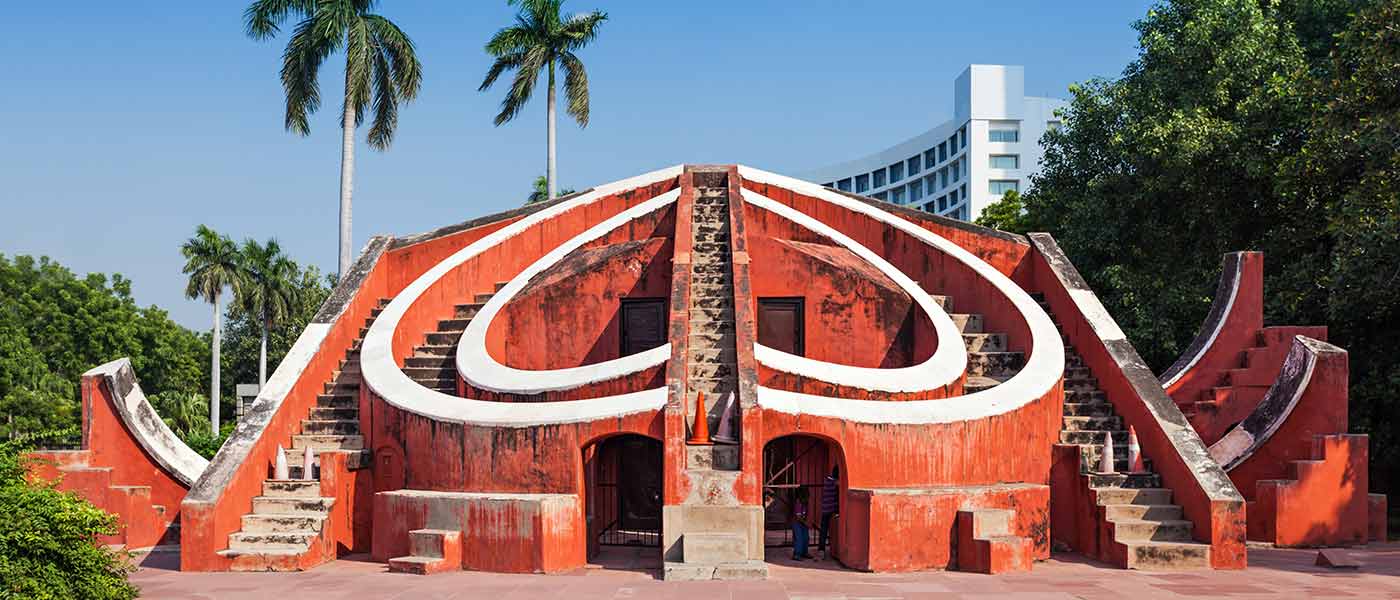
A UNESCO World Heritage site, Jantar Mantar is a fascinating observatory built by Maharaja Sawai Jai Singh II in the early 18th century. It features a collection of 19 astronomical instruments designed for measuring time, tracking celestial bodies, and predicting eclipses. The centrepiece is the Samrat Yantra, the world’s largest stone sundial.
10. Patrika Gate

Patrika Gate is a magnificent representation of Jaipur’s cultural heritage and artistic excellence. Its stunning architecture, intricate designs, and vibrant murals make it a must-visit destination for anyone exploring the Pink City. The gate serves as a powerful reminder of Rajasthan's rich traditions, promoting a sense of pride and appreciation for the region's artistic legacy.
Conclusion-
Exploring these historical places in Jaipur sites allows one to connect with the legacy of the rulers and artisans who shaped Jaipur’s identity. Each visit provides not just a glimpse into the past but also an appreciation for the artistry and craftsmanship that have stood the test of time. The preservation of these landmarks is vital, as they serve as a source of pride for the local community and a key attraction for tourists from around the world.
